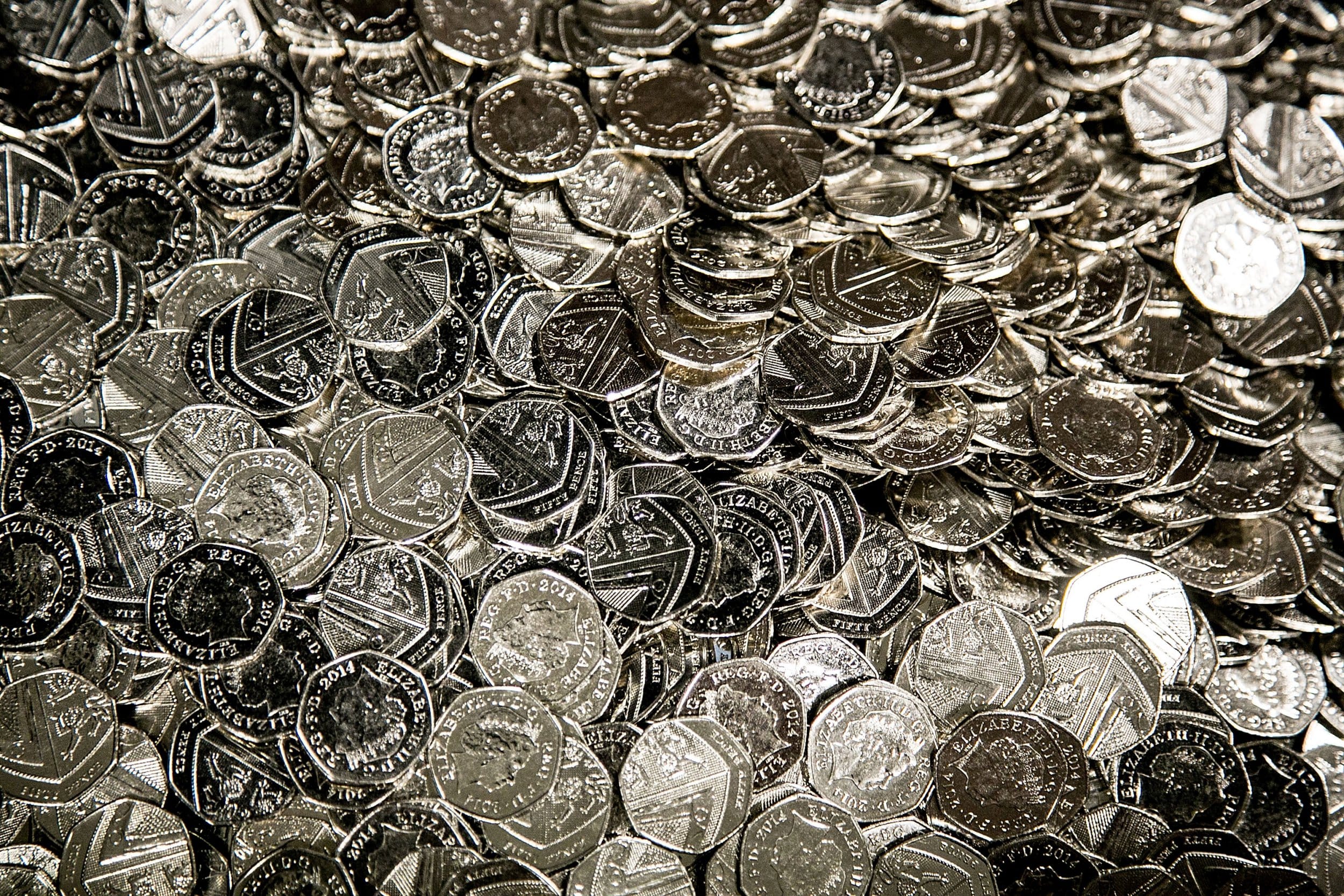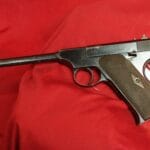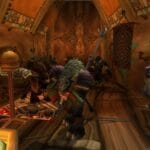Is that Battle of Hastings 50p coin in your pocket actually worth a fortune? While some have sold for astonishing sums—over £63,000 in some cases—this isn’t the norm. This guide will help you understand what determines the value of these coins, how to assess your coin’s condition, and how to navigate the market safely. Let’s uncover the secrets of your Battle of Hastings 50p!
Is Your 50p a Treasure? Unveiling the Value of the Battle of Hastings Coin
The 2016 Battle of Hastings 50p coin, while nominally worth 50 pence, has become a collector’s item, with prices ranging dramatically. Millions were minted, yet some command incredibly high prices. What makes the difference? Let’s investigate.
A Piece of History: The Coin’s Significance
Designed by John Bergdahl, this 50p piece commemorates the 950th anniversary of the Battle of Hastings (1066). Its design, inspired by the Bayeux Tapestry, depicts the death of King Harold, a powerful symbol of this pivotal moment in British history. This historical significance contributes greatly to its collectible appeal. Owning one is like holding a tiny piece of that era.
Rarity, Condition, and Value: Understanding the Trifecta
Over six million Battle of Hastings 50p coins entered circulation. While many exist, this doesn’t exclude the possibility of high value. The key factors influencing value are its condition and rarity compared to other coins. A well-worn coin is less valuable than a pristine example. Professional coin graders use scales (like the Sheldon Scale) to assess condition: Uncirculated (UNC), Almost Uncirculated (AU), Extremely Fine (EF), and so on. The higher the grade, the higher the potential price. The ongoing debate on the value difference between the 2016 release and subsequent issues highlights the complexities of this market.
Market Fluctuations: A Rollercoaster Ride
The price of a Battle of Hastings 50p wildly fluctuates. A circulated coin might be worth around £1 and while exceptional examples, particularly UNC coins, have fetched impressive sums, such as the £63,000 example, this is unusual. Demand, market trends, and even overall economic conditions significantly influence pricing. Some experts believe that the media attention surrounding high-value sales has artificially inflated prices for some coins.
Spotting a Fake: Authenticating Your Coin
The coin’s market attracts counterfeits. It’s crucial to exercise caution when buying and selling. Reputable coin dealers offer the safest route. While online marketplaces like eBay can be used, proceed with extreme caution. Careful examination, an understanding of grading systems and, ideally, professional authentication, are vital steps in avoiding fraud.
Beyond the Standard: Exploring Other Versions
The Royal Mint produced gold and silver proof versions of the Battle of Hastings 50p. These are significantly rarer and command much higher prices than the standard circulation coin. These are highly sought after by serious collectors.
A Quick Comparison: Rarity in Perspective
Here’s a table comparing the Battle of Hastings 50p to other commemorative coins, showing how mintage numbers and condition impact value:
| Coin Type | Year of Issue | Approximate Mintage | Relative Rarity | Estimated Average Value Range |
|---|---|---|---|---|
| Battle of Hastings 50p | 2016 | 6,000,000+ | Common | £1-£10 (circulated), significantly higher for UNC |
| Kew Gardens 50p | 2009 | 210,000 | Very Rare | £50-£100+ |
| Olympic 50p (Various designs) | 2011 | Varies | Varies | Varies |
(Note: These are estimates and can fluctuate greatly based on condition and market demand. Prices are constantly shifting and are subject to change.)
The Future of the Hastings 50p: An Uncertain Prospect
Predicting the future value of the Battle of Hastings 50p is challenging. Collector interest could increase prices, particularly for UNC coins. However, increased supply or a shift in collector preferences could equally lead to a decrease. Ongoing research and market trends will be crucial factors in determining its future value.
What is the Battle of Hastings 50p worth?
The face value of a 2016 Battle of Hastings 50p coin is 50 pence. However, its collector’s value is significantly more complex. Several factors influence its worth, potentially ranging from a few pounds to thousands, or exceptionally, tens of thousands.
The Collector’s Market: Beyond Face Value
The coin’s collector’s value is fluid and depends heavily on condition and market demand. A pristine, uncirculated coin (UNC) is worth far more than a heavily circulated one. This aligns with how collectors generally value items: the state of preservation hugely impacts the worth.
Rarity and Market Dynamics
While millions of these coins were minted unlike other commemorative 50p coins such as the Kew Gardens 50p, the value is tied to overall market demand. The design, featuring King Harold’s death from the Bayeux Tapestry, significantly adds to its appeal for those interested in British history.
Condition’s Crucial Role
Professional coin graders use scales (UNC, AU, EF, etc.) to assess a coin’s condition. This assessment is paramount for determining value. A coin that has excellent condition grading will be worth much more than one exhibiting wear and tear.
A Changing Landscape: Price Volatility
The price of a Battle of Hastings 50p coin is dynamic, influenced by demand, supply, and economic factors. Online marketplaces, such as eBay, provide a glimpse into current prices. Still, it’s vital to remember that prices on these sites are subject to considerable fluctuation.
Strategies for Selling Your Coin
Selling a Battle of Hastings 50p coin requires careful consideration:
- Professional Grading: Obtain professional grading and authentication to determine its condition and authenticity. This adds credibility when selling.
- Reputable Platforms: Consider using reputable online marketplaces or established coin dealers to maximize your chances of a fair price and to avoid fraudulent dealings.
Avoiding Counterfeits: Protecting Your Investment
Counterfeit coins are a considerable risk. Protect yourself by:
- Comparing Details: Carefully scrutinize your coin against images of known authentic examples, checking for subtle differences in weight, feel, and design details.
- Seeking Expert Assessment: Don’t hesitate to have your coin authenticated by a professional if you are uncertain of its authenticity.
Beyond Hastings: A Wider World of Collectibles
The Battle of Hastings 50p exemplifies the potential value of commemorative coins. Several other rare and valuable 50p coins exist, each with its own story and market dynamics.
Example Prices (Approximate, Subject to Change)
The values below are indicative only. Actual prices can, and often do, vary greatly depending on condition, grading and current market demand.
| Item Description | Price (GBP) (Approximate) | Notes |
|---|---|---|
| Excellent Condition Battle of Hastings 50p | £100 – £1000 | Prices vary wildly depending on grading and seller; this is a very rough estimate |
| Good Condition Battle of Hastings 50p | £50 – £200 | Condition is key; significant variation exists. |
| Circulated Battle of Hastings 50p | £1 – £20 | Value significantly lower due to wear and tear. |
In short: your average-looking 50p coin could hold unexpected value. Its rarity (relative to other commemorative coins), historical significance, and condition are all vital factors. Through careful research and a cautious approach, you can navigate the market effectively and potentially discover valuable holdings.
What Makes a Battle of Hastings 50p Rare?
The Battle of Hastings 50p, with its mintage exceeding 6.7 million, is considered common by numismatic standards. The high prices occasionally seen are due to specific factors unrelated to overall mintage. Let’s untangle the misconception.
Millions of Coins Don’t Mean Scarcity
It’s crucial to differentiate between perceived and actual rarity. The large mintage renders the average Battle of Hastings 50p relatively common. High sale prices are exceptions driven by specific characteristics.
The High-Price Phenomenon: Hype vs. Reality
Reports of coins selling for tens of thousands of pounds represent outliers, not the norm. These high prices result from a confluence of factors:
- Exceptional Condition: Uncirculated (UNC) coins are highly prized; this is the coin’s condition.
- Minting Errors: Slight imperfections or errors increase a coin’s rarity and value.
- Auction Fever: Competition amongst buyers can dramatically inflate prices.
The True Determinants of Value
A Battle of Hastings 50p coin’s true value comes down to:
- Condition: The coin’s condition, graded professionally using scales like the Sheldon Scale, significantly impacts its worth.
- Errors: Minting errors, however subtle, greatly affect value.
- Provenance: A coin with a unique history adds to its appeal.
Beyond Headlines: Market Reality
Online marketplaces provide an indication of prices, but listings are volatile and don’t necessarily reflect true market value.
Rarity—A Relative Term
While the large mintage makes the average coin common, individual coins can be valuable due to condition, errors, or provenance. The high prices reported in the media are exceptions which overshadow the common nature of the coin. Numismatists’ research continually adjusts our understanding of coin value.
What is the Rarest 50p Coin in the World?
The term “rarest” is relative and often confused with “most valuable.” While a Battle of Hastings 50p might command high prices due to its historical significance and occasional exceptionally high-grade examples, it’s not necessarily the rarest 50p coin.
The Battle of Hastings 50p: Hype vs. Reality
The high-profile sales of Battle of Hastings 50p coins create a perception of rarity. However, its large mintage (over six million) makes it relatively common compared to other commemorative 50p coins. True rarity hinges on mintage numbers.
The Quest for the Rarest: Beyond Hastings
Several 50p coins may legitimately claim the “rarest” title due to significantly lower mintage numbers. Determining this definitively requires a detailed comparison across all editions. The Kew Gardens 50p, with its dramatically lower mintage of 210,000, is a prime example.
Factors Determining Value
The value of a 50p coin depends on several factors beyond mintage:
- Condition: Uncirculated, pristine coins are significantly more valuable.
- Demand: Collector demand directly influences prices.
- Errors: Mint errors can transform an ordinary coin into a highly-prized collector’s item.
- Marketing: Publicity dramatically impacts perceived value and collector interest.
Comparing Rare 50p Coins
This table requires thorough research to complete with accurate mintage data. Using official sources like The Royal Mint’s website is essential.
| Coin Design | Year | Approximate Mintage | Estimated Value Range (GBP) | Notes |
|---|---|---|---|---|
| Kew Gardens | 2009 | 210,000 | £10 – £4,000 | Relatively low mintage |
| Battle of Hastings | 2016 | (Research Needed) | £100 – £63,000+ | High-profile sale, potentially overvalued |
| London 2012 Olympics – Aquatics | 2011 | (Research Needed) | (Research Needed) | Specific variations may affect value. |
| … (Add more coins here) … | … | … | … |
Becoming a 50p Coin Expert
To delve into this hobby:
- Research: Understand mintage numbers and their impact on rarity.
- Inspection: Carefully examine coin conditions, looking for wear, scratches, and errors.
- Authentication: Buy from reputable sources to avoid fakes.
- Price Comparison: Check market prices on various platforms for a realistic assessment.
Conclusion: High sale prices don’t automatically mean rarity. Mintage numbers are the primary factor. Condition, demand, and errors influence value. Further research is key for informed collecting.









